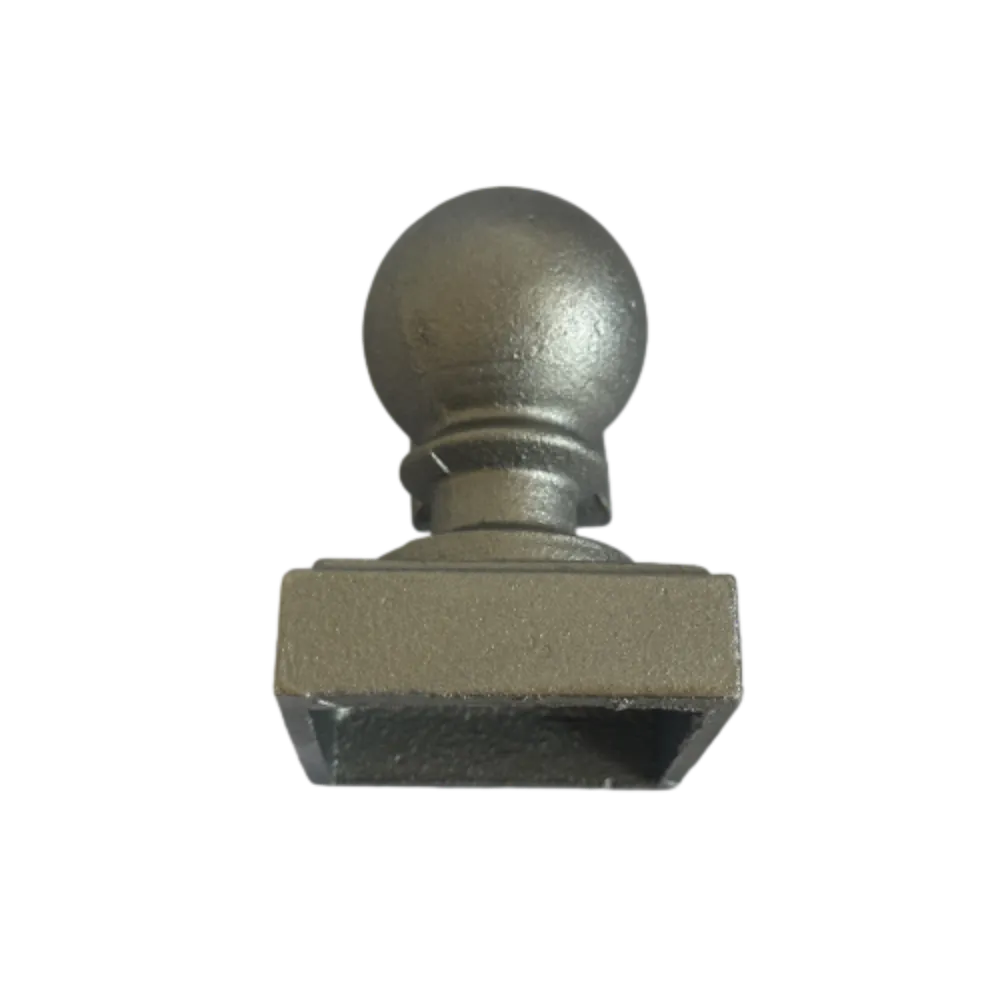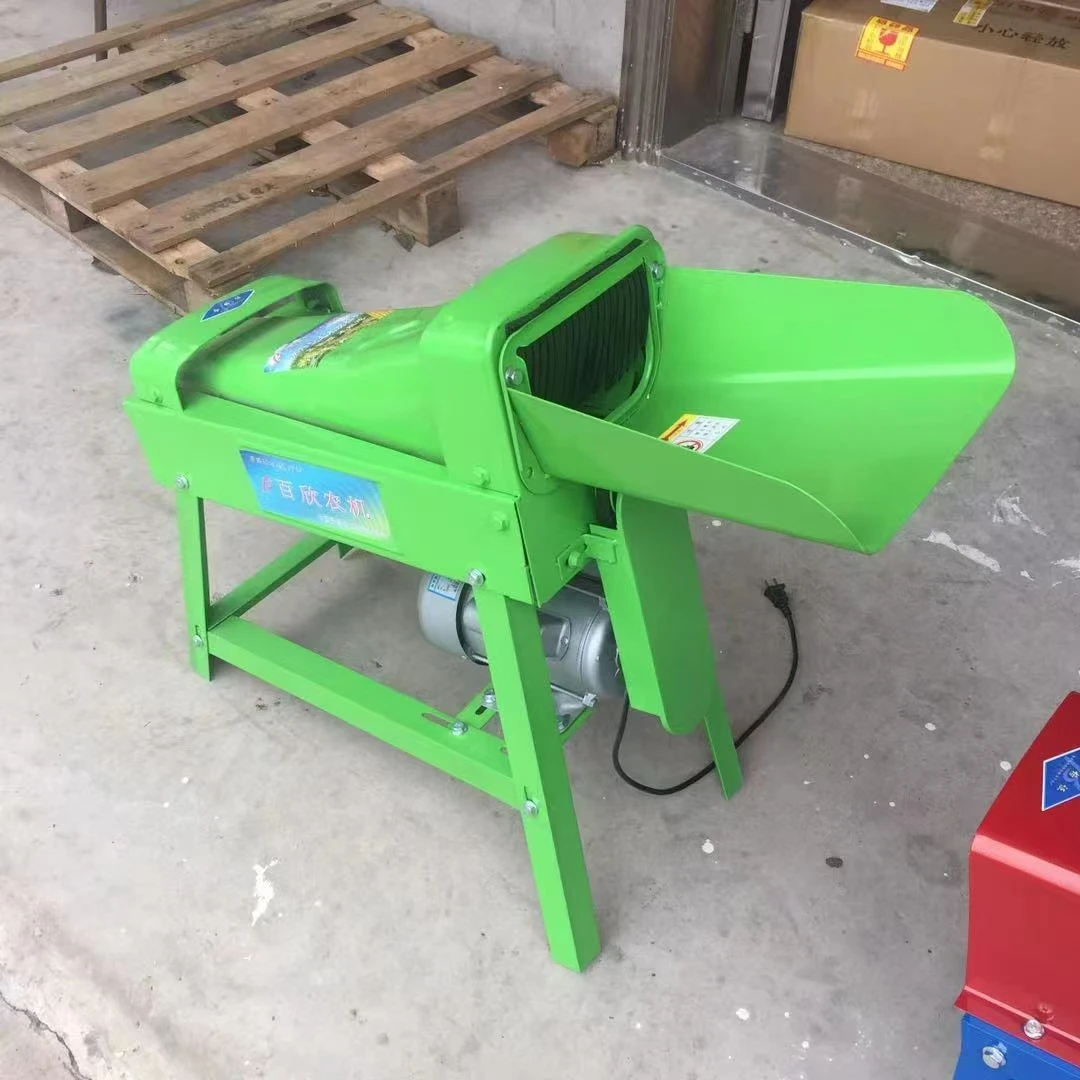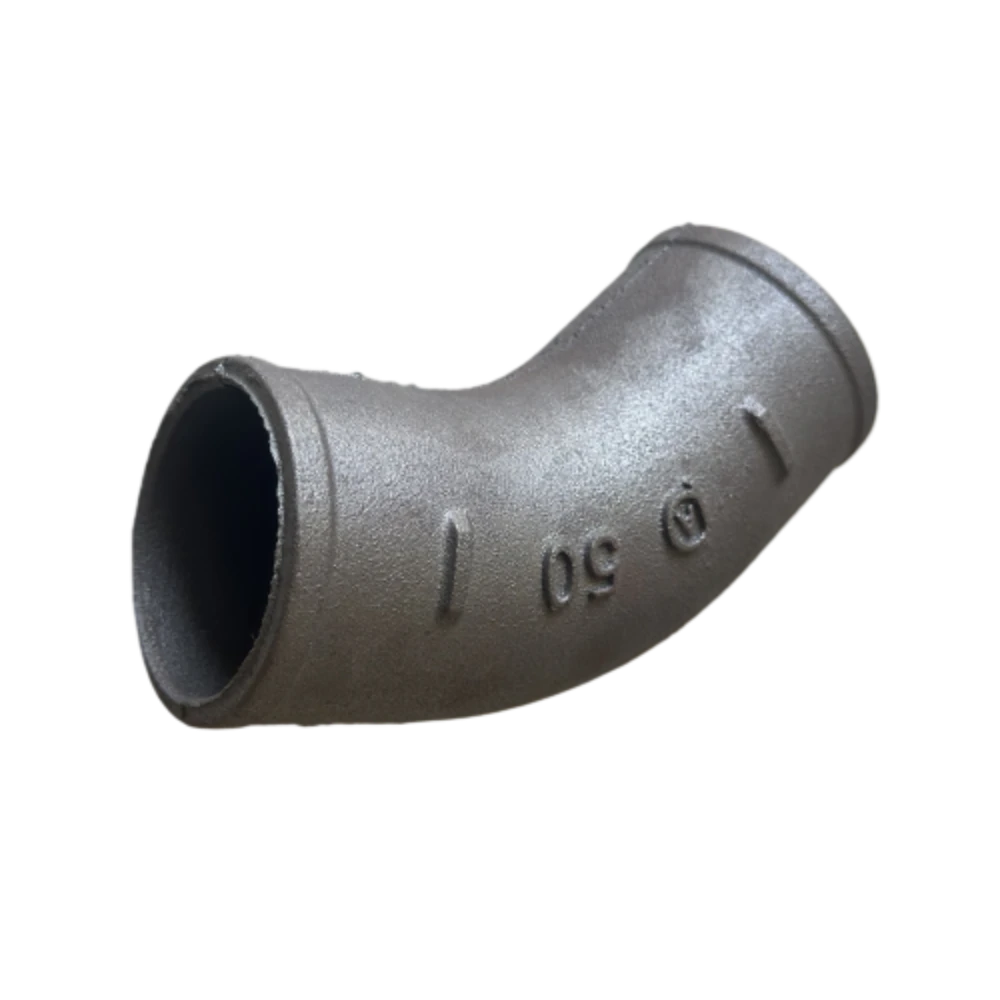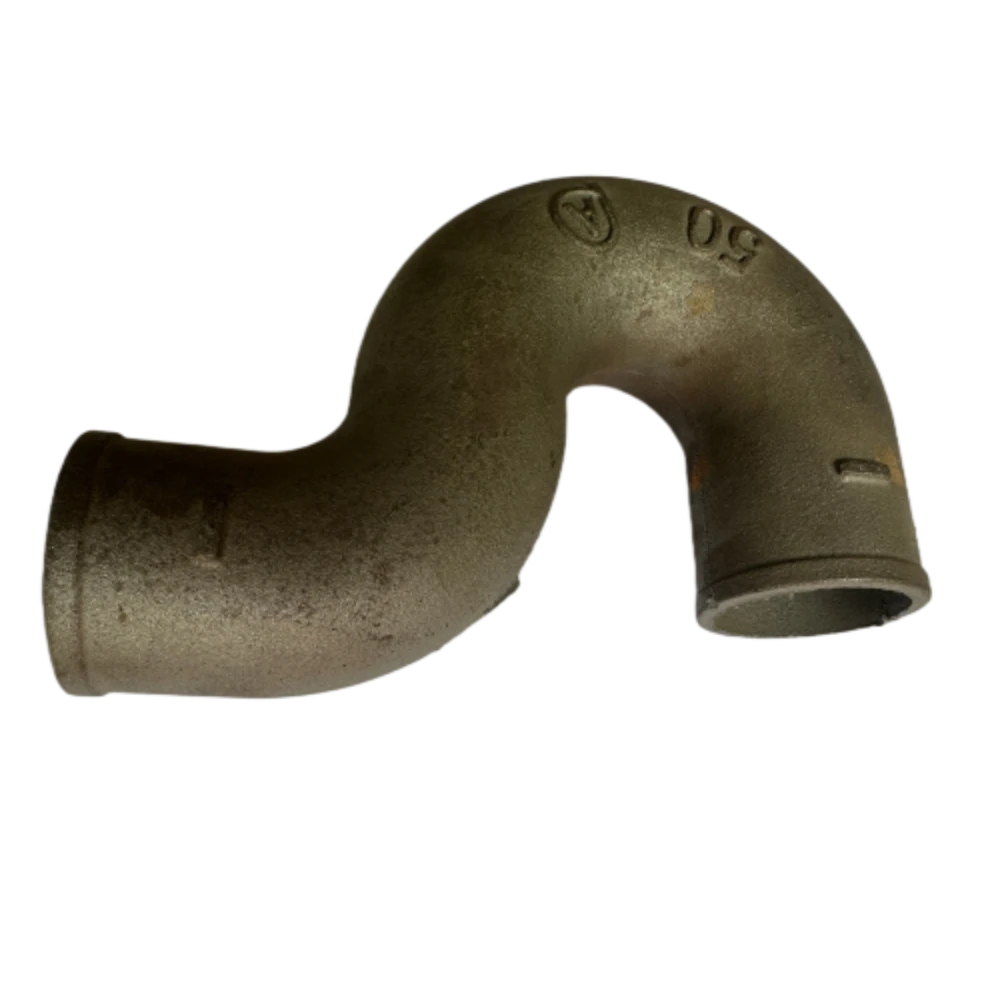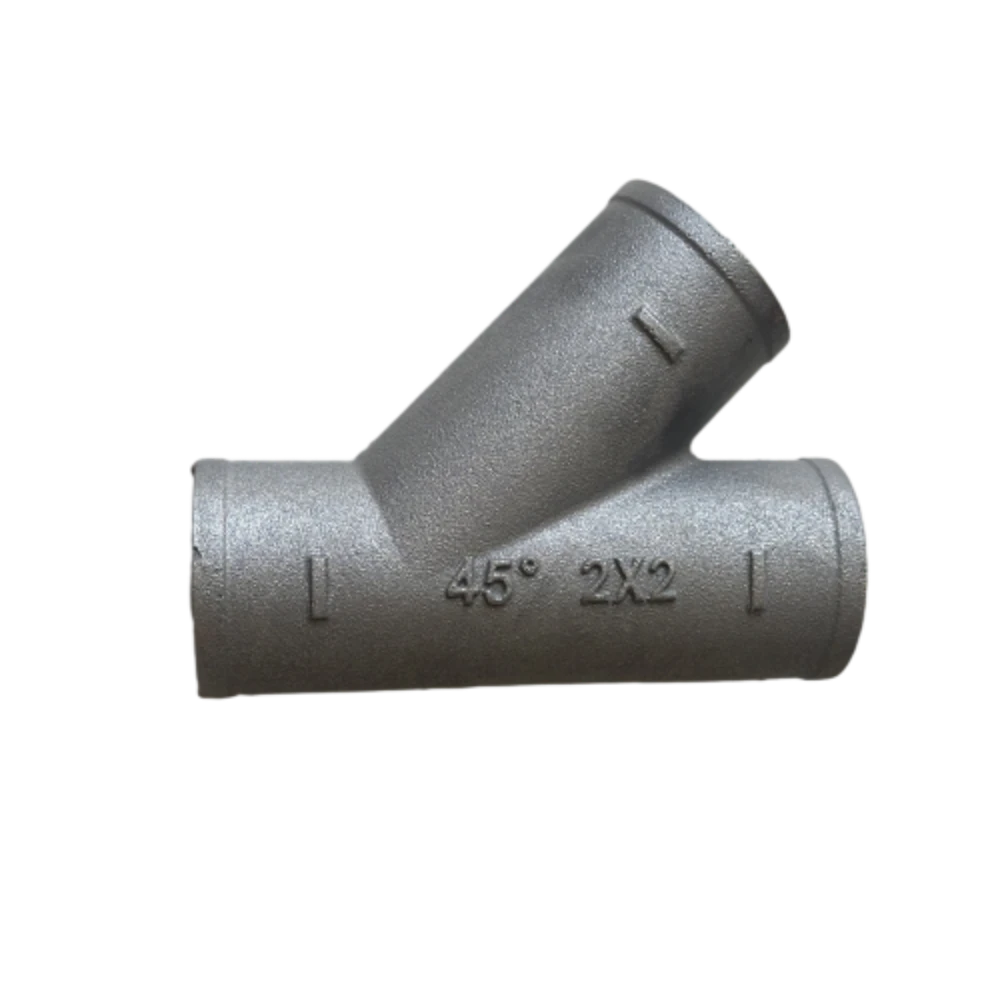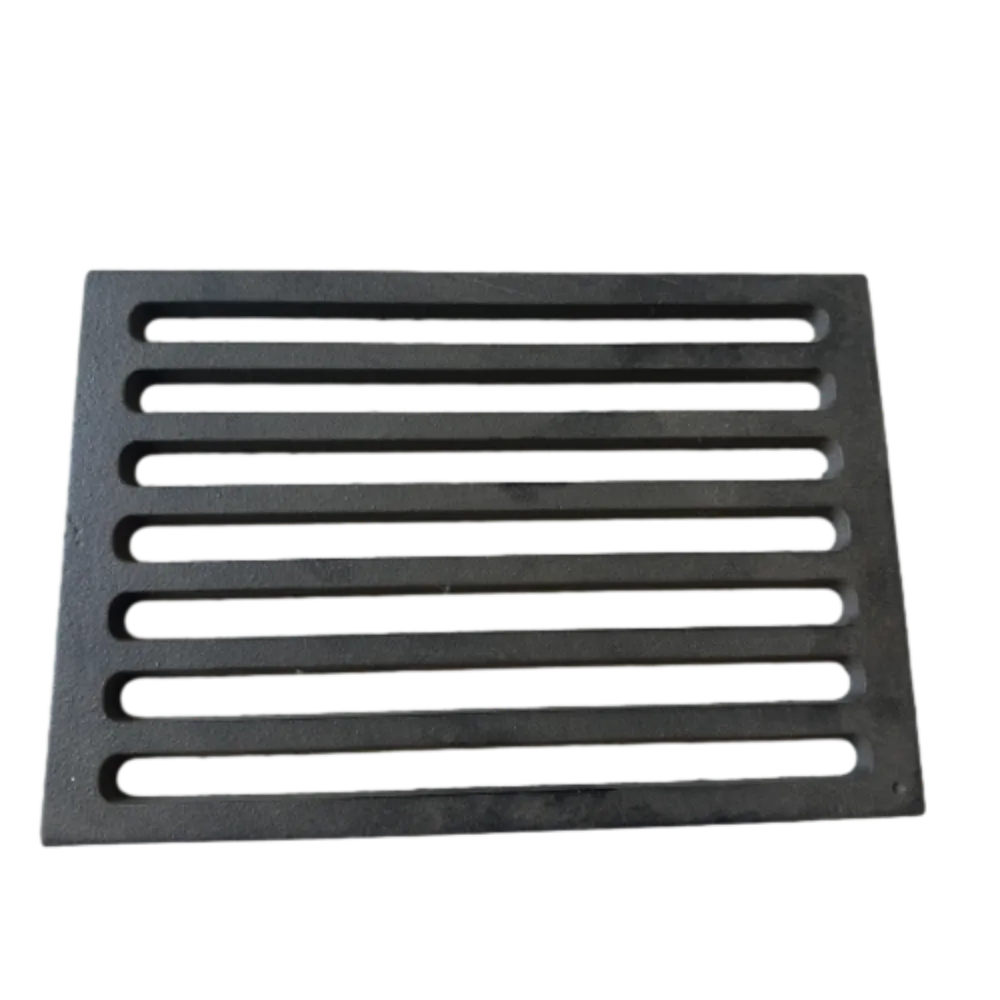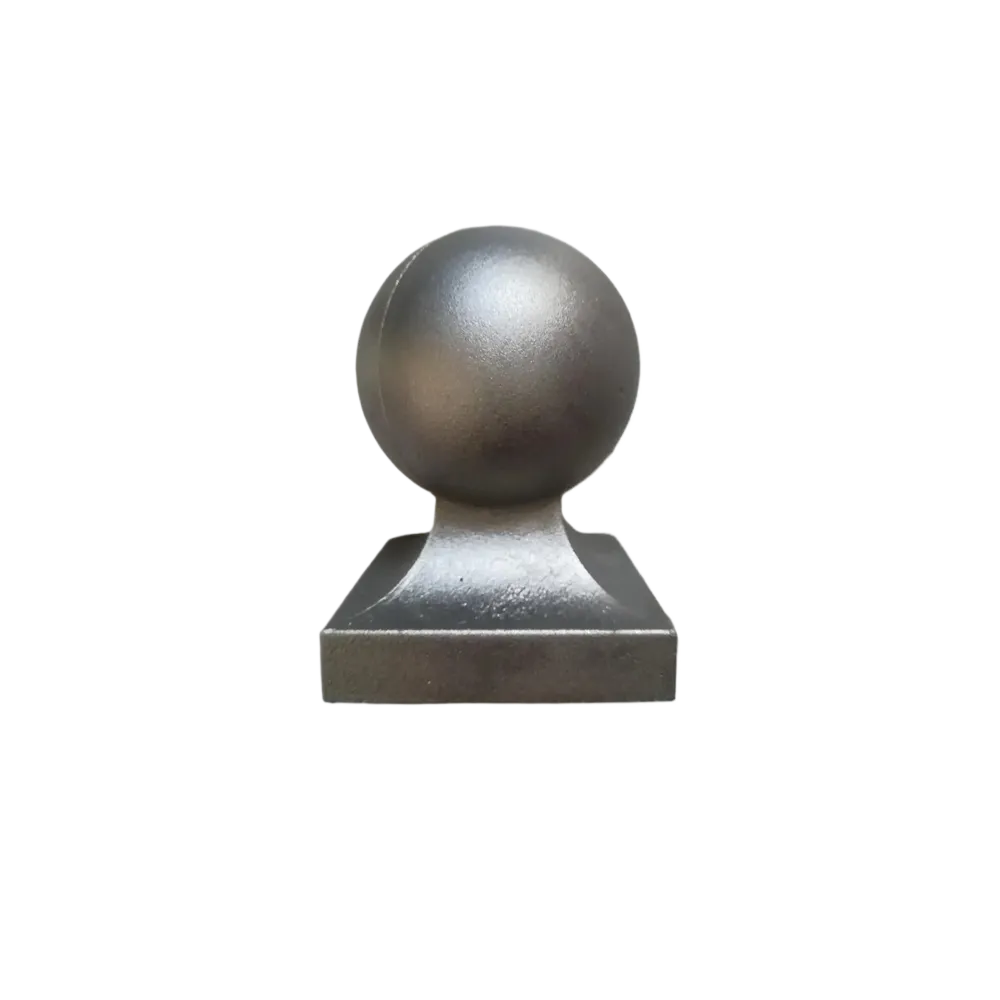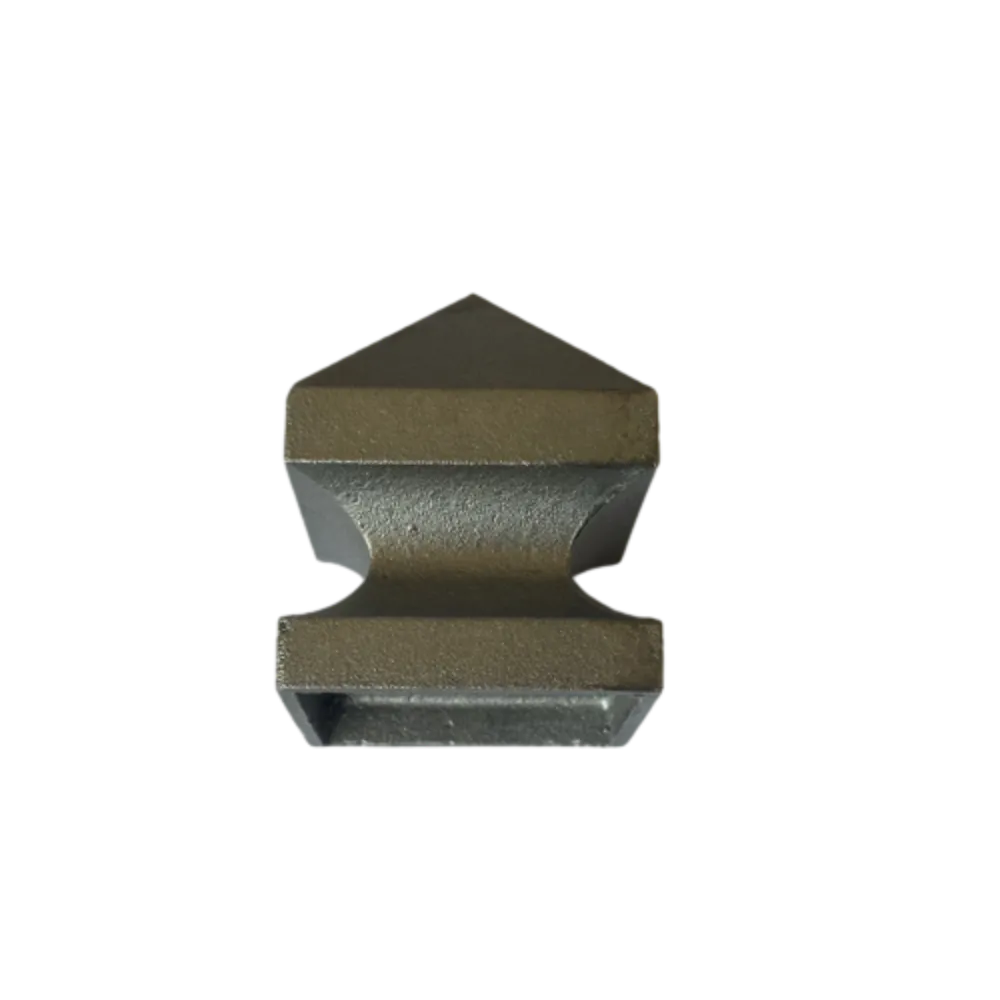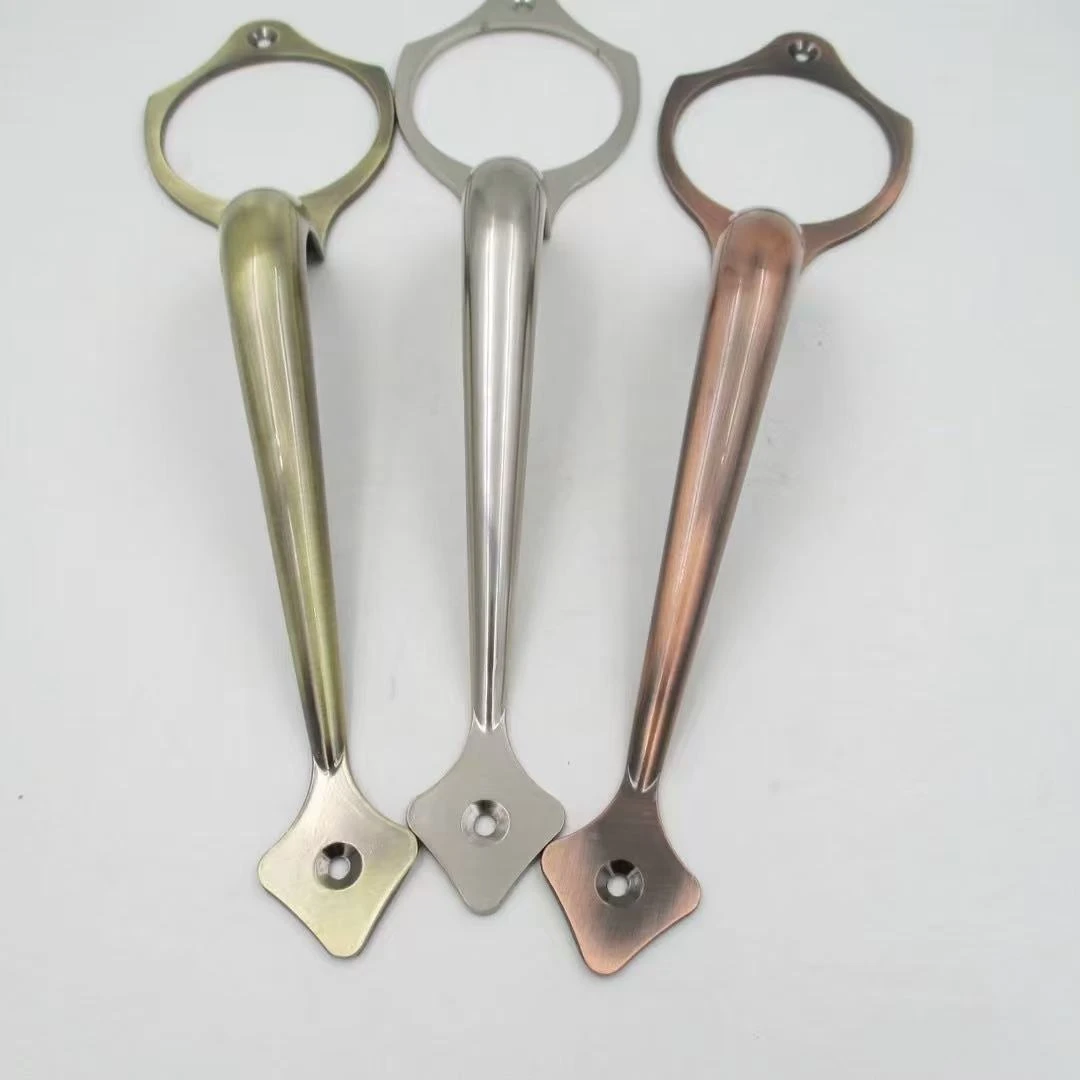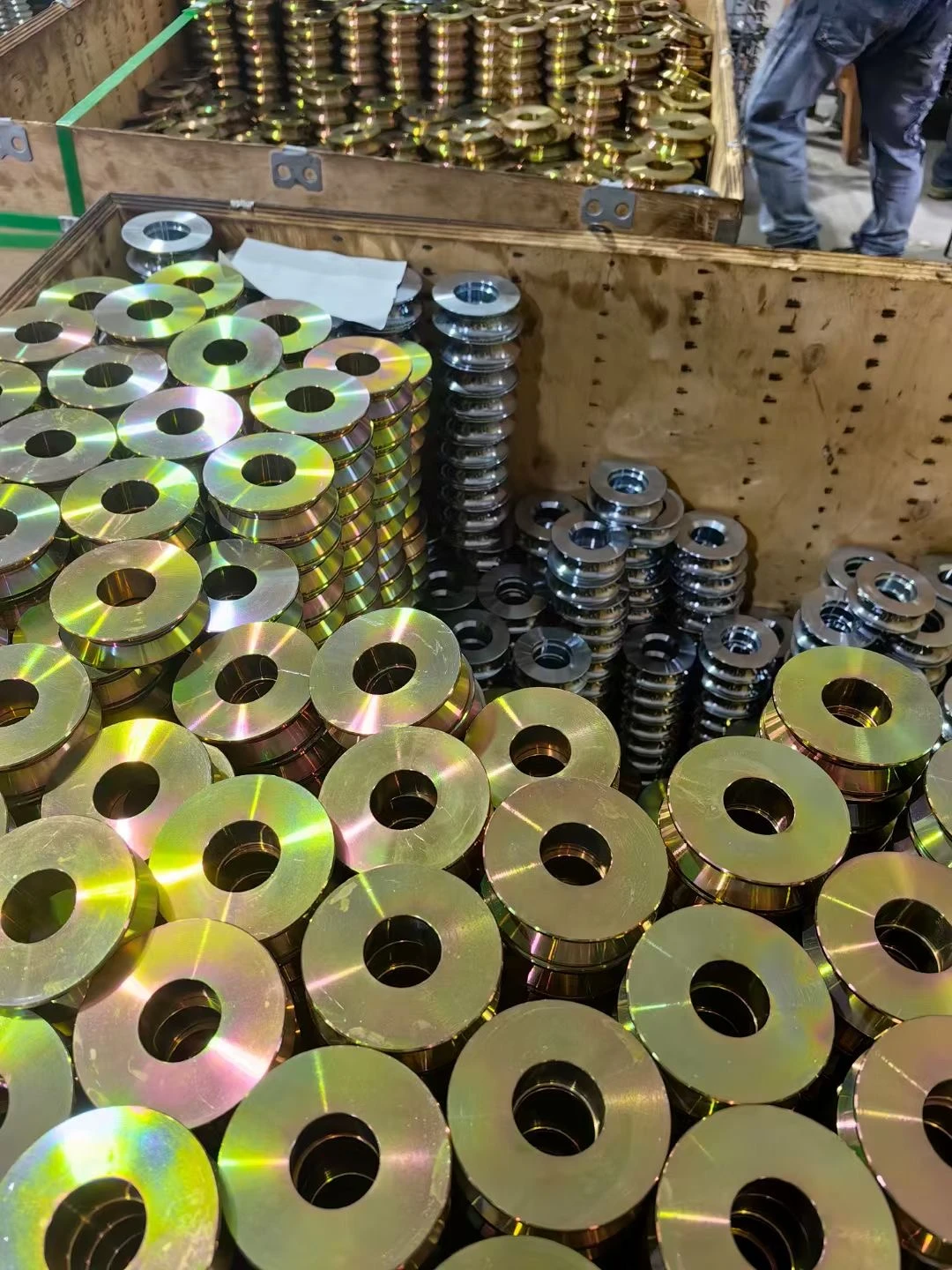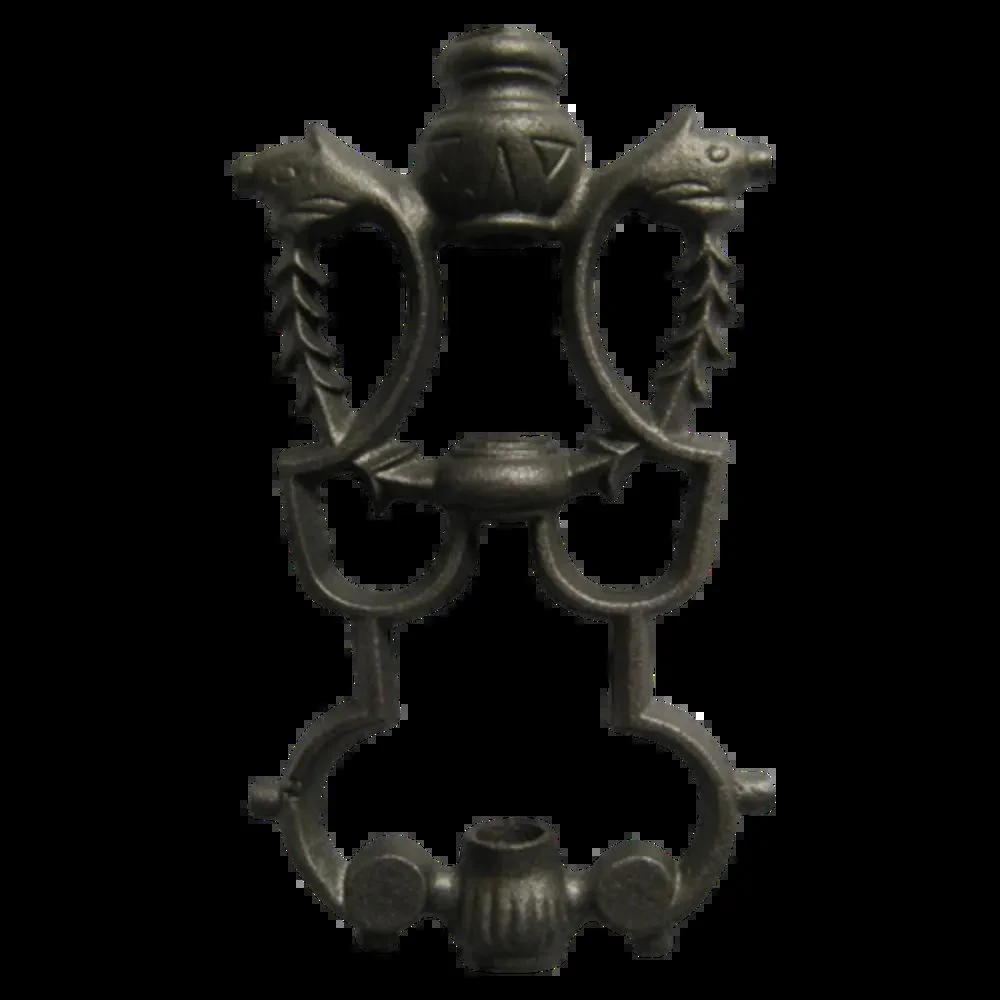Agricultural technology has witnessed remarkable innovations with the advent of advanced Thresher Machine systems. SHIJIAZHUANG TJJ TRADE CO.,LTD. leads this transformation with its high-efficiency Thresher Machine model featuring 1000KG/h processing capacity and copper motor technology. This comprehensive analysis explores Thresher Machine specifications, industry applications, and emerging technological trends.
Key Product Specifications:
- Processing Capacity: 1000KG/hour
- Motor Type: High-grade Copper Motor
- Power Requirements: 220V/50HZ
- Grain Separation Efficiency: ≥98%
- Chassis Construction: Reinforced Carbon Steel
Thresher Machine Technical Specifications
The following table presents comparative technical parameters of modern Thresher Machine models based on industry research and field testing data:
| Parameter | TJJ Premium Model | Industry Average | Advanced Models | Measurement Unit |
|---|---|---|---|---|
| Processing Capacity | 1000 KG/H | 700-850 KG/H | 1200-1500 KG/H | Kilograms per hour |
| Power Consumption | 8.5 kW | 10-12 kW | 7-8 kW | Kilowatts |
| Motor Efficiency | 94% | 85-90% | 92-96% | Percentage |
| Grain Damage Rate | <0.8% | 1.2-2.5% | <0.5% | Percentage |
| Noise Level | 68 dB | 72-85 dB | 65-70 dB | Decibels (A) |
| Material Thickness | 4-6 mm | 3-4 mm | 5-7 mm | Millimeters |
Thresher Machine Efficiency Metrics
Industrial Applications of Modern Thresher Machines
Contemporary Thresher Machine technology serves critical functions across agricultural sectors:
Grain Processing
The primary application of our Thresher Machine involves separating wheat, rice, and barley grains from husks with minimal kernel damage. Advanced concave adjustment systems enable operators to fine-thus separation parameters for different grain varieties.
Oilseed Extraction
Thresher Machines equipped with specialized beaters effectively process sunflower seeds, soybeans, and rapeseed. The SHIJIAZHUANG TJJ model features variable rotor speeds (450-950 RPM) to accommodate delicate oilseeds without compromising extraction rates.
Biomass Processing
Beyond traditional agricultural applications, Thresher Machine technology enables efficient biomass processing for renewable energy production. The machine's robust construction handles fibrous materials like corn stalks and switchgrass with minimal maintenance requirements.
Technological Advancements in Thresher Machine Design
Current research demonstrates significant innovation in Thresher Machine technology according to the International Journal of Agricultural Engineering:
"Modern threshing systems have reduced grain damage by 40% over the past decade through improved concave geometry and intelligent material handling systems. Torque monitoring sensors combined with adaptive algorithms now automatically adjust rotor speed based on crop feed rate and moisture content." International Journal of Agricultural Engineering, Vol. 42(3)
Automation
IoT-enabled Thresher Machines with real-time performance monitoring and automatic adjustment systems represent the current industry standard.
Eco-Design
Energy recovery systems now capture kinetic energy during deceleration phases, reducing power consumption by up to 18%.
AI Integration
Machine vision systems identify foreign materials and selectively adjust airflow velocity to maintain purity above 99.2%.
Thresher Machine Technical FAQ
Q: What clearance specifications are required for concaves in high-moisture grain applications?
A: For grains exceeding 18% moisture content, we recommend concave clearance between 15-20mm to prevent clogging while maintaining adequate threshing efficiency. Our Thresher Machine features hydraulic adjustment with 0.5mm precision.
Q: What material specifications govern the manufacturing of critical wear components?
A: High-impact zones utilize HARDOX 450 steel (450 HB hardness) meeting ISO 2199 standards, while rasp bars are forged from 65Mn spring steel with surface hardening to 55-60 HRC for extended service life.
Q: What power transmission standards apply to heavy-duty Thresher Machines?
A: Power transmission systems must comply with ASAE S433 standards featuring Category III chain drives with minimum 12.7mm pitch and triple-sealed bearings rated for IP67 protection in dusty environments.
Q: What vibration dampening technologies are implemented in modern units?
A: Our Thresher Machine employs multi-stage vibration isolation with hydraulic dampeners reducing peak vibration amplitude to 4.5mm/s RMS, well below ISO 2373 threshold limits for agricultural equipment.
Q: What electrical safety certifications are critical for international deployment?
A: Essential certifications include IEC 60204-1 (Electrical Safety), IP54 enclosure rating, and ISO 14982 (EMC for agricultural equipment) ensuring safe operation across diverse environments.
Q: What cleaning system airflow velocity optimizes separation efficiency?
A: Optimal performance occurs at 8-12 m/s depending on crop density, with our proprietary vortex airflow technology achieving 97.5% separation efficiency at 10.2 m/s according to independent testing.
Q: What maintenance protocols maximize component lifespan?
A: We recommend daily inspection of rasp bars (torque to 120 Nm), weekly concave clearance verification (±0.25mm tolerance), and monthly gearbox oil analysis per ISO 4406:2017 cleanliness standards.
The Future of Agricultural Processing
As global agricultural demands intensify, Thresher Machine technology continues evolving toward greater efficiency and intelligence. SHIJIAZHUANG TJJ TRADE CO.,LTD. remains committed to innovation in this critical field, consistently delivering solutions that enhance productivity while reducing operational costs.
"Thresher efficiency improvements have contributed to a 22% reduction in global post-harvest losses since 2015. Continued innovation in separation technology represents the most promising opportunity for achieving UN Sustainable Development Goal 2.4" Journal of Agricultural Science, 2023 Technology Review


